- Category
- War in Ukraine
An Overview of Russia’s Gravest War Crimes Against Ukraine
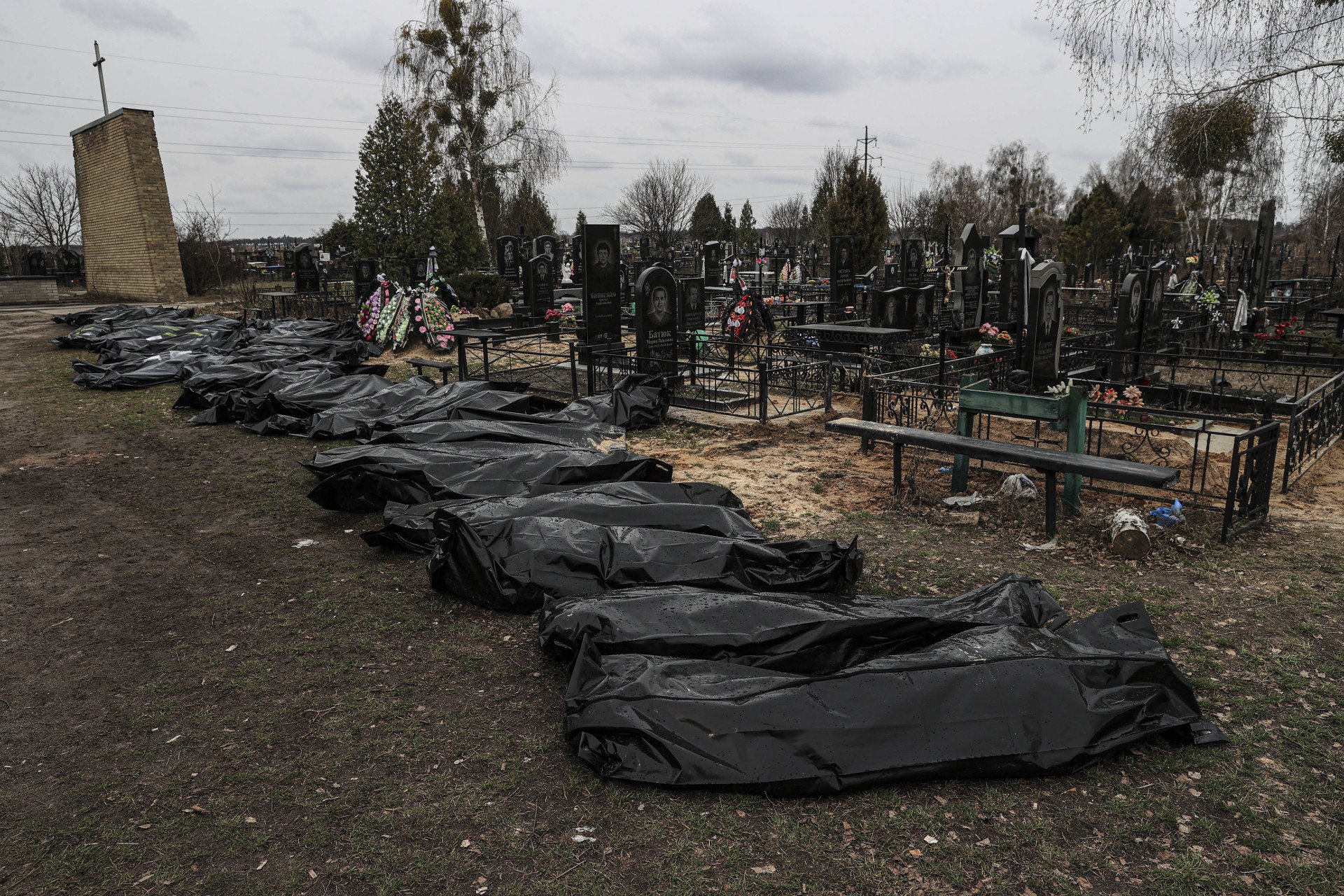
Russia has committed a litany of war crimes and violations of international law, against Ukrainians—torture, crimes against humanity, and cultural genocide—while waging its war of aggression. Despite sanctions and global condemnation, these atrocities continue to escalate. This article sheds light on just a fraction of the thousands documented daily by authorities in their pursuit of justice and accountability.
Since the “full-scale invasion in February 2022, Russia has committed 137,000 war crimes,” Zelenskyy said on September 11th, 2024, during the international conference United for Justice: Accountability for Attacks on Civilian Targets.
The conference which took place in Kyiv focused on uniting efforts to bring justice against those responsible for war crimes in Ukraine. This particular conference mainly focused on Russia's attacks on civilian infrastructure.
One of the key topics was the destruction of grain terminals and port infrastructure.
“Russia has destroyed 280 port infrastructure facilities, more than 150 vehicles, 17 civilian ships, including more than 100,000 tons of grain cargo,” reported Serhiy Derkach, Ukraine’s Deputy Minister for Communities and Territories Development. “Ukraine remains one of the world's largest exporters of agricultural products, so protecting Ukrainian ports means saving millions of people from hunger.”
⚡️ Russian military forces have committed 137,000 war crimes in Ukraine, stated Ukrainian President Volodymyr Zelenskyy at the United for Justice conference, which focused on attacks on civilian infrastructure. pic.twitter.com/Ar30VwqMpt
— UNITED24 Media (@United24media) September 11, 2024
Russia’s extensive war crimes are a frequent topic at international meetings and conferences due to their sheer scale and frequency. At the Peace Summit in Switzerland in June 2024, a discussion panel titled “Humanitarian Dimension: The Release of Prisoners and Deportees” was held to address these atrocities.
The mass abduction of Ukrainian children and the system of brutal torture of prisoners used by the Russian occupiers are the essence of Russian imperialism and true signs of genocide, said Senior Advisor to the Presidential Office Head, Dariia Zarivna.
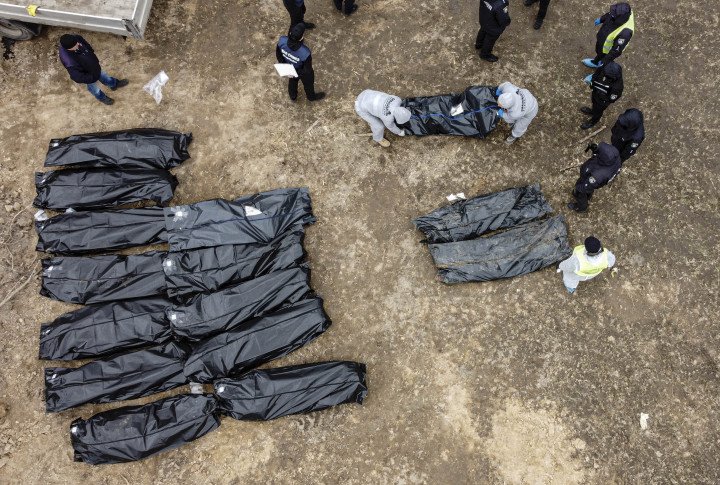
"There is no flag large enough to cover the shame of killing innocent people…killing innocent people by torture is not just a shame, it is sheer barbarism," she said.
Steps have already been taken nationally and internationally to document and investigate the thousands of war crimes committed by Russian forces. Western and Ukrainian officials met in Berlin last February 2024, to discuss the challenges in the field of justice at such a scale, all the while, crimes continue to be committed.
Zelenskyy calls on the international community to seek justice and accountability for war crimes, emphasizing that regardless of how its national legislation is written, what international treaties it has ratified, or whether the Rome Statute has entered into force in that state or not, justice must be found.
Attacks on civilian infrastructure and civilian objects
“Civilian objects shall not be the object of attack or of reprisals. Attacks shall be limited strictly to military objectives.”
Geneva Convention
Russian forces have damaged 1,657 and destroyed 221 medical facilities in Ukraine, the Health Ministry reported on September 16, 2024. In addition as of 15th July 2024, Russian forces have destroyed 261 ambulances, damaged another 202, and captured 125.
On July 8, Russia targeted Kyiv’s Ohmatdyt Children’s Hospital, the largest in Ukraine. Its name stands for “protection of motherhood and childhood.”
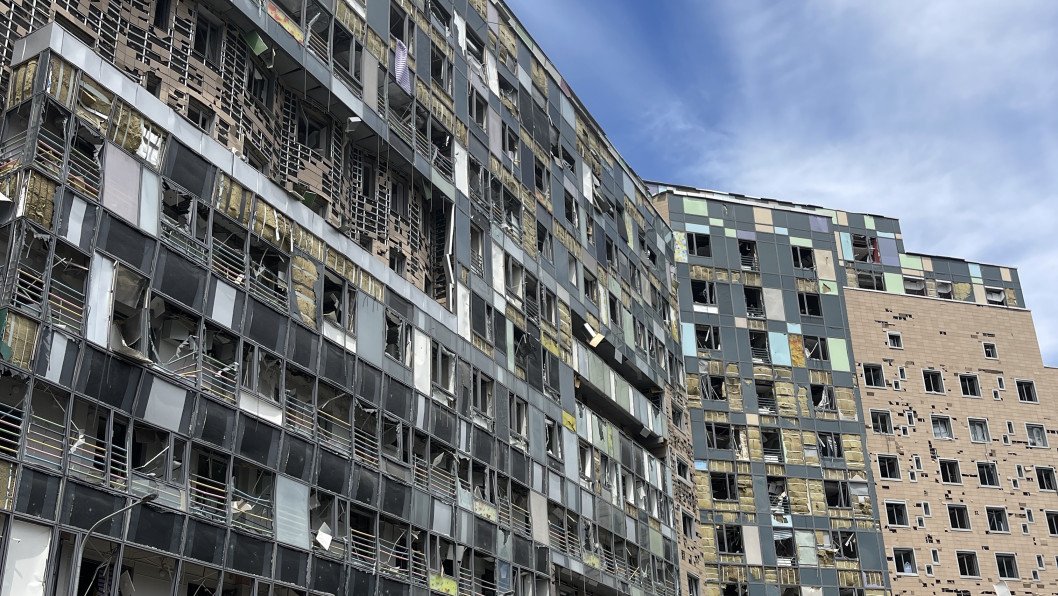
The Health Ministry further stated that it is currently impossible to obtain comprehensive information on the extent of the destruction of hospitals in the Russian-occupied territories.
“As of January 2024, there were almost 250,000 damaged and destroyed buildings, with 222,000 being private houses, over 27,000 apartment buildings, and 526 dormitories,” reported Kyiv’s School of Economics (KSE).
KSE further notes that due to hostilities and systemic shelling, the number of damaged and destroyed residential buildings is increasing every day.
“Destruction of cities, towns, or villages, or devastation not justified by military necessity is a war crime.”
The Nuremberg Principles
A total of 3798 educational institutions have been subjected to bombing and shelling, with 365 completely destroyed, reported Save Schools in UA.
Russian forces have also targeted civilian energy infrastructure in Ukraine. On August 26, 2024, “Russia used 236 strike weapons, including 127 missiles and 109 drones,” Ukraine’s Energy Minister stated on September 16. “The attack was aimed, in particular, at generation facilities, power lines, and substations critical to Ukrainian nuclear power plants.”
As of May 2024, damage and losses to civilian energy infrastructure have exceeded $56 billion, KSE reported.
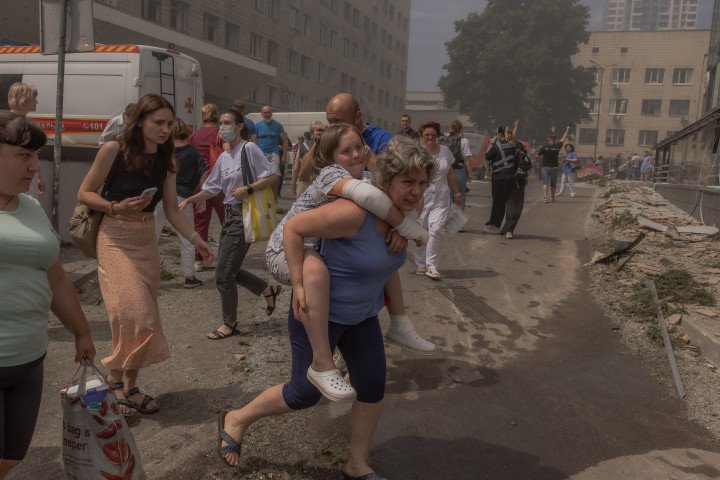
Since then, during the last few days of August and the first week of September, Ukraine’s civilian infrastructure has been subjected to a barrage of attacks. Russia struck a hospital in Poltava on September 3, during what is described as one of the deadliest attacks since Russia’s full-scale invasion of Ukraine.
In Kharkiv, Russia damaged more than 90 residential buildings, a shopping center, sports facilities, and two schools on August 30 and September 1.
In Lviv on September 4 more than 50 homes, four schools, and hospitals were damaged during a strike on the city. These attacks also devastatingly took the lives of innocent civilians.
In June 2024, Global Rights Compliance (GRC) released a new report on Russia’s siege, starvation, and capture of the city of Mariupol. GRC found that Russian troops indiscriminately bombarded food distribution points, medical institutions, and agreed humanitarian corridors. 90% of health facilities were damaged or destroyed with all 19 of the city's hospitals affected by the end of May 2022.
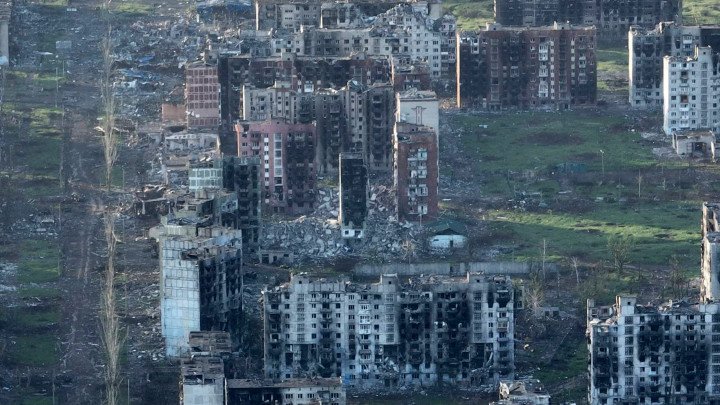
War crimes against civilians
“Persons taking no active part in the hostilities shall in all circumstances be treated humanely.”
Geneva Convention
There are a magnitude of war crimes that have been committed against civilians.
A total of 35,160 civilian casualties from February 24, 2022, to July 31, 2024, have been verified by The Office of the United Nations High Commissioner for Human Rights (OHCHR).
Of them, 11,520 civilians have been killed, 633 of those killed were children. A total of 23,640 people were reported to have been injured, of whom 1,551 injured were children.
The United Nations Human Rights Monitoring Mission in Ukraine (HRMMU) cautions that the actual figure is likely to be significantly higher given the challenges they required for verification.
July 2024 had the highest monthly civilian casualty number in 2024, with 219 civilians killed and 1,018 injured. August had the second highest figures in 2024—184 civilians were killed and 856 injured.
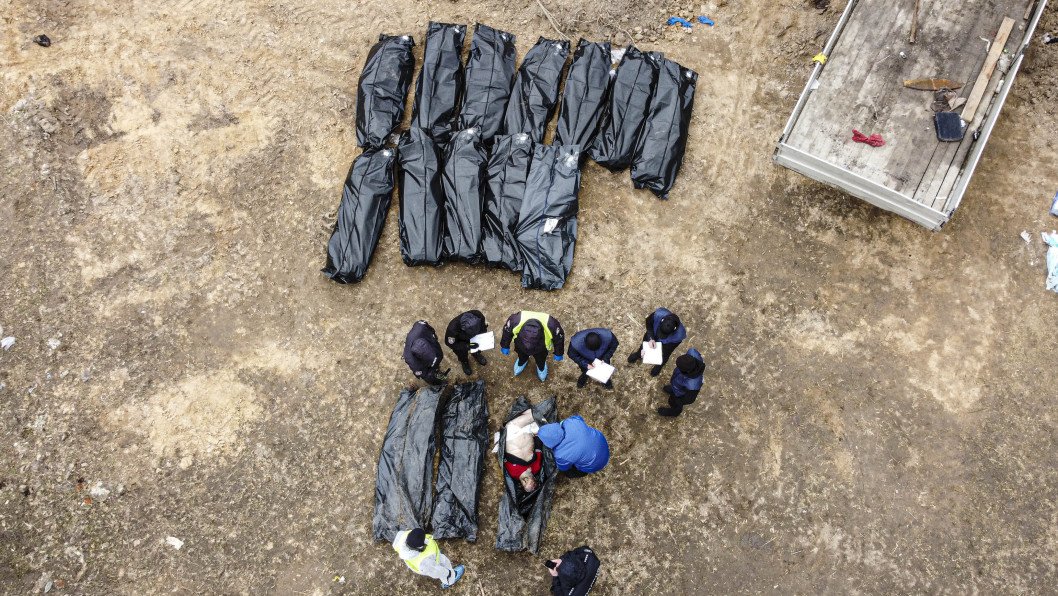
New Direction, and a global coalition of legal experts in the EU, U.S., and Ukraine have compiled a list of verified cases of war crimes committed by Russian forces during the first few weeks of the full-scale invasion.
The document covers hundreds of cases, though, their list is just a snapshot into the brutality that Russia has brought onto civilians in Ukraine. Some examples are;
February 26, 2022, the Chernihiv region: Russian servicemen shot a civilian car for refusing to stop. One person was killed and two were injured.
February 27, 2022, the Sumy region: Russian forces fired at a civilian bus and blocked ambulance access to the wounded,
March 1, 2022, the Kyiv region, Kukhari village, Ivankiv district: Russian forces shot a civilian car that stopped at the block post. A woman (a doctor) was killed. She went to evacuate a wounded little nephew. The body of the deceased could not be evacuated.
March 5, 2022, the Kyiv region, Gostomel Village: the Russian military shot the Mayor of the Gostomel community, Yuri Prilipko, and two of his brothers while they were delivering humanitarian aid (bread, medicine, and other humanitarian aid) to the residents of Gostomel, reported the Gostomel village council.
![Ukrainians murdered by Russian army lie on a ground after being excavated in a forest near Bucha, Ukraine - June 13, 2022. (Source: Dominika Zarzycka via Getty Images) Ukrainians murdered by Russian army lie on a ground after being excavated in a forest near Bucha, Ukraine - June 13, 2022. (Source: Dominika Zarzycka via Getty Images)]()
Ukrainians murdered by Russian army lie on a ground after being excavated in a forest near Bucha, Ukraine - June 13, 2022. (Source: Dominika Zarzycka via Getty Images)
Russian forces have a “general disregard for the basic principles set out in the laws of war”, resulting in “widespread suffering to civilians over the course of the conflict, including torture, arbitrary detention, violence and loss of innocent lives, both adult and children” the OSCE Office for Democratic Institutions and Human Rights (ODIHR) said in its June 2024 report.
The GRC report cited above, published evidence that Russian forces used starvation as a method of warfare against the Ukrainian civilian population during the siege of the city of Mariupol. The investigation found that 450,000 civilians had their water, electricity, and gas supplies cut off. Civilians were forced to drink from puddles and melted snow.
Human Rights Watch estimates that at least 10,284 people died in Mariupol, buried between 5 cemeteries during the first year of the full-scale war.
“Women shall be especially protected against any attack on their honour, in particular against rape, enforced prostitution, or any form of indecent assault.”Geneva Convention
Russian forces “are using sexual violence as a method of warfare on an unprecedented scale—in particular, to intimidate, take revenge or “punish” both civilians in the occupied territories and Ukrainian prisoners of war, regardless of gender or age” the Foreign Affairs Ministry on the International Day for the Elimination of Sexual Violence in Conflict on 19 June 2024, announced.
In 2023, girls and women aged 15 to 83 were victims of rape and sexual violence committed by Russian forces during house searches, revealed the UN Commission of Inquiry on Ukraine.
"The [UN] Independent International Commission of Inquiry on Ukraine investigated incidents of rape and other sexual violence committed against women in circumstances which also amount to torture. It also details incidents of torture with a sexualized dimension and threats of… pic.twitter.com/4Q1XN89WS8
— Sergiy Kyslytsya 🇺🇦 (@SergiyKyslytsya) March 15, 2024
Ukrainian prosecutors have documented 303 cases of conflict-related sexual violence against civilians. Around 1/3rd are men including one minor and the rest are women including 15 minors. These war crimes included rape, mutilation or violence to the genitals, forced nudity, threats and attempted rape, forcing people to watch the sexual abuse of loved ones and more.
The figure is highly likely to be much higher. Victims are still coming forward and many more cases are likely to come to light when occupying regions are liberated and returned to Ukrainian government-controlled territories.
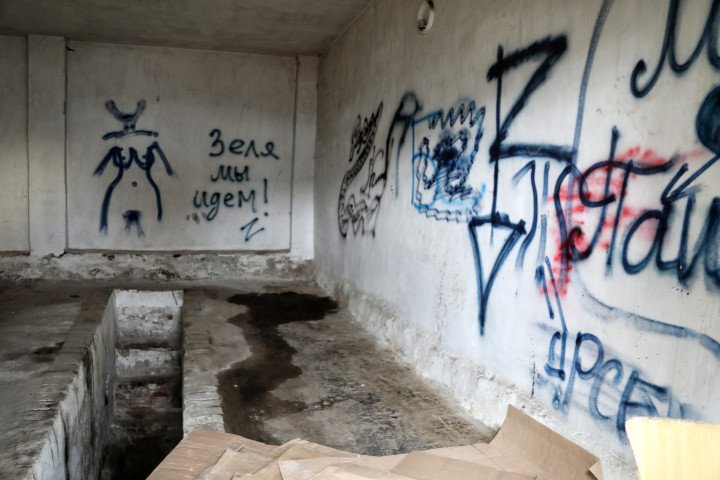
Prisoners of War
“Prisoners of war must at all times be humanely treated. Any unlawful act or omission by the detaining power causing death or seriously endangering the health of a prisoner of war in its custody is prohibited”
Geneva Convention
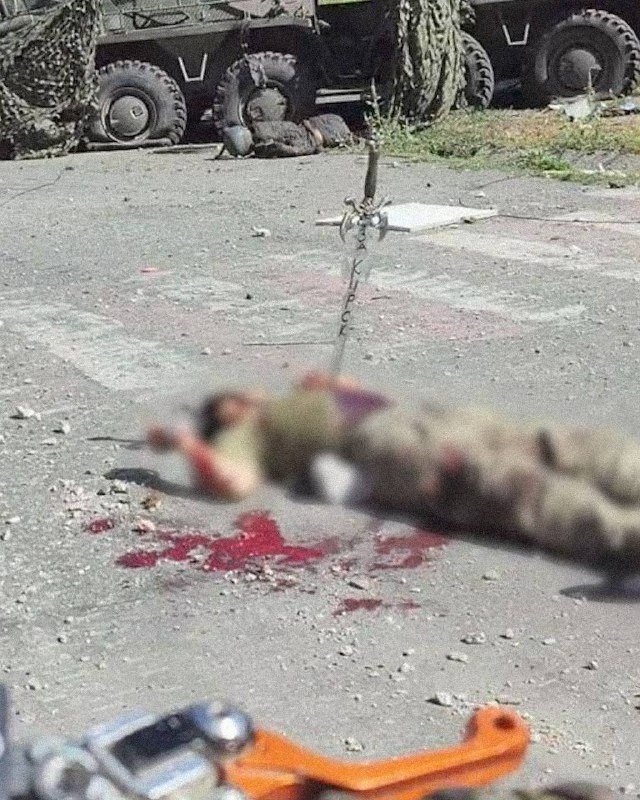
Russian forces executed an unarmed Ukrainian prisoner of war with a sword, media reported on September 17, 2024. The prisoner’s hands are visibly bound with tape. The sword was inscribed with the words “For Kursk.”
Russia’s Major General Apty Alaudinov claimed on September 9 that Russia “provides prisoners of war (POWs) with food and everything they need, and they receive full medical care." Yet, investigations reveal a different reality—evidence of systematic, widespread torture and abuse.
“Torture (of Ukrainian POWs) is common, with over 95% of prisoners being subjected to it,” said Danielle Bell, head of the UN Human Rights Monitoring Mission in Ukraine, on August 8t, 2024.
POWs have reportedly claimed to be fed leftover dog food, and all POWs that have been exchanged are returned as skin-and-bone.
In recent months, we’ve covered several examples of war crimes committed against POWs, including but not limited to:
Over 110 Ukrainian Military Personnel Executed by Russia After Surrender
Russia Returning Ukrainian POW’s Bodies Without Internal Organs

Illegal deportation of children
“Individual or mass forcible transfers, as well as deportations of protected persons from occupied territory to the territory of Occupying Power or to that of any other country, occupied or not, are prohibited, regardless of their motive.”
Geneva Convention
🇷🇺officials show 120 deported #UkrainianChildren in preparation to settle them across 13 #RF regions.
— Гюндуз Мамедов/Gyunduz Mamedov (@MamedovGyunduz) September 17, 2022
This is an evidence for the future tribunal as forced transfer of children ressembles #internationalcrimes.
Since Feb 24 at least ~7716 🇺🇦 children have been deported to 🇷🇺 pic.twitter.com/flRuKkOWlk
A total of 19,546 children have been deported and/or forcibly displaced by Russian forces, reported Ukraine’s government “Children of War” portal. Only 388 have been returned to Ukraine so far.
State statistics can only count confirmed cases of the deportation of Ukrainian children, reported by their relatives or friends and in reality, the number may be much higher.
The International Criminal Court issued arrest warrants against Russian dictator Vladimir Putin, and Maria Lvova-Belova, the Russian Commissioner for Children’s Rights in March 2023. Both have been charged with the unlawful deportation of children and the unlawful transfer of children from occupied areas of Ukraine to Russia.
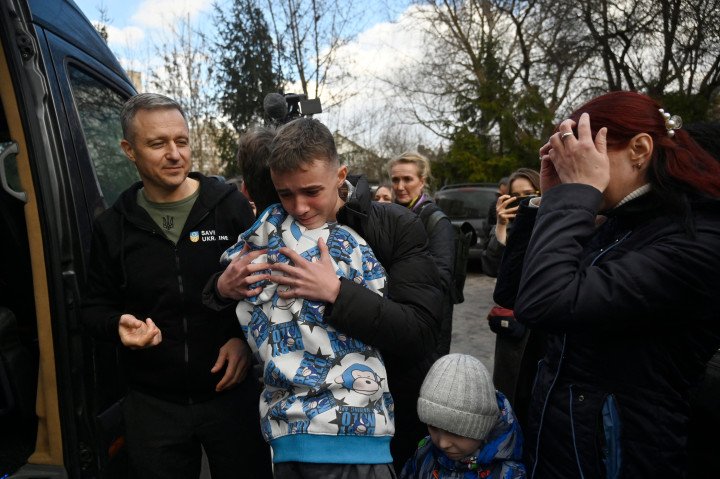
Ukraine’s human rights commissioner Dmytro Lubinets said his office is convinced that Russia’s efforts to turn Ukrainian teenagers deported to Russia into soldiers is part of a wider drive by Putin to erase the Ukrainian identity.
Lubinets reports that Russia uses several methods to abduct Ukrainian children:
● children whose parents were killed in the temporarily occupied territories are forcibly displaced;
● children are removed from their families, and their parents are deprived of parental rights according to the “laws” of the occupation authorities;
● рarents are separated from their children during the filtration process;
● uninhabitable conditions are created, and then it is “offered” to transfer children for “rehabilitation” under duress;
● children from residential care facilities are taken away.
Russia targets Ukrainian children in forced deportations. Ukraine confirms nearly 20,000 cases, but the true number is likely higher.
— UNITED24 Media (@United24media) April 23, 2024
These numbers hide shattered families. This is Ilya's story, a Mariupol boy. pic.twitter.com/1mmxQTMzUr
Russia does not provide information about abducted children and often moves them not only within the Russian-occupied regions of Ukraine but to regions within Russia too. Russian authorities change information and data about the children to make them harder to find and return.
Yale School of Public Health mapped the deportation system and found a “systematic network of camps and other facilities” for deported Ukrainian children and forced “re-education in an effort to ostensibly make children more pro-Russia in their personal and political views.”
Yale found at least 43 facilities in the network from Crimea, around the cities of Moscow, Kazan, Yekaterinburg, Siberia, Russia’s Far East, and more but note that the number of these camps is likely to be significantly higher.
At least 78% of the camps identified appear engaged in systematic re-education efforts that expose children from Ukraine to Russia-centric academic, cultural, patriotic, and/or military education.
They found that the operation is centrally coordinated by Russia’s federal government. They have identified several dozen federal, regional, and local figures directly engaged in operating and politically justifying the program. From coordination, raising funds, collecting supplies, and promoting the program within Russia and occupied areas of Ukraine.
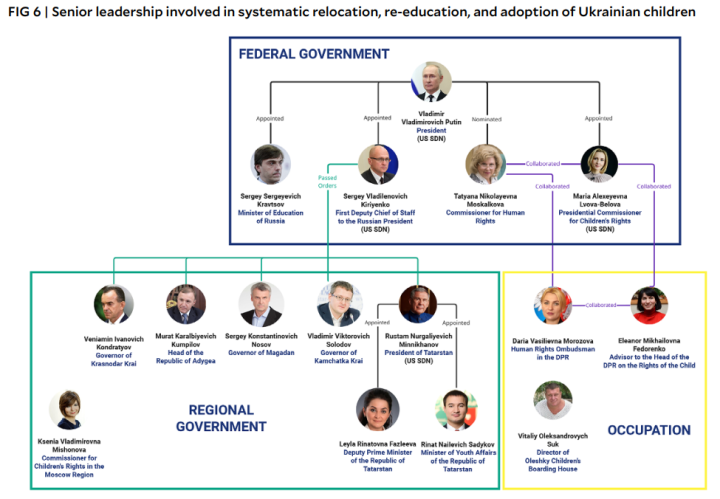
KibOrg journalists conducted an investigation and gained access to the ‘state’ database, “Children of Donbas” which contains information on children abducted by Russia and those involved.
The Federal Teenager Centre, a Russian project, began in August 2022. On their website they specifically state that they have a “comprehensive program… (for) families affected in the SVO zone aimed at further socialization of teenagers in new living conditions”. Though they do not state what these programs are or what they entail. Throughout the website they have published documents with a step by step guide on how to integrate children from “combat zones”.
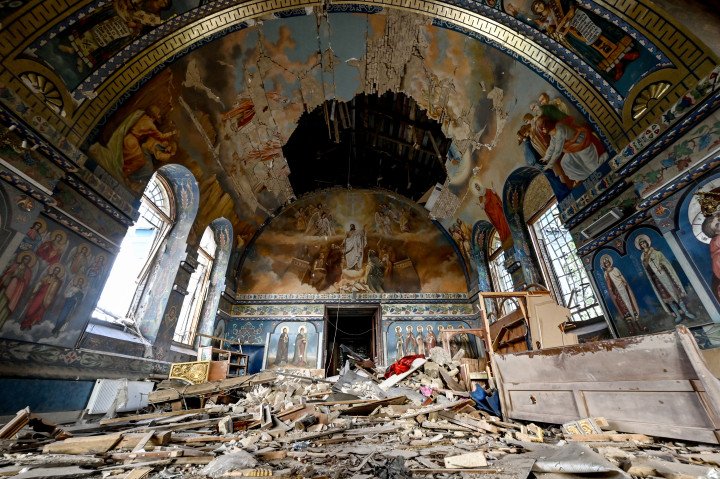
Attacks on religion and culture
“Damage to cultural property belonging to any people whatsoever means damage to the cultural heritage of all mankind, since each person makes its contribution to the culture of the world.”
Hague Convention
As of 4 September 2024, UNESCO has verified damage to 438 sites since the full-scale invasion began: 142 religious sites, 215 buildings of historical and/or artistic interest, 32 museums, 32 monuments, 16 libraries, and 1 archive.
Ukrainian Culture and Strategic Communications Ministry reports that as of August 2024, 1,147 sites of cultural heritage have been damaged by Russia. Among them, 120 are of national importance, 944 are of local importance, and 83 are newly discovered sites. In August 2024, 51 cultural heritage sites during that month alone.
They further note almost the entire Luhansk region and significant parts of Zaporizhzhia, Donetsk, and Kherson regions still remain under temporary Russian occupation, making it impossible to accurately assess the number of damaged cultural heritage sites affected by the fighting and occupation.
Russia’s Culture Ministry reported that they have passed a law that includes exhibits and collections from Ukrainian museums in the occupied territory into the State Catalog of the Russian Museum Fund.
Russian forces have taken away exhibits from 40 Ukrainian museums since the full-scale invasion in 2022. The looting of Ukrainian museums by the Russian military has become the largest theft of art objects since WWII, The New York Times reported.
From the Kherson Art Museum alone, Russian forces reportedly stole 100 paintings and more than 15,000 additional pieces from the region.
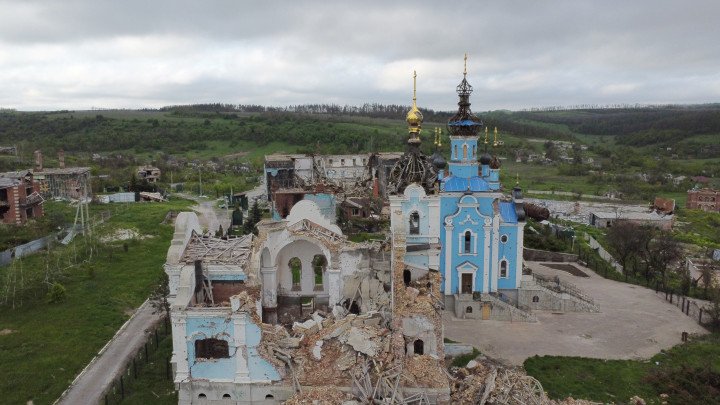
“The war in Ukraine is not just about territory; it is a war waged by our enemy, the Russian Federation, against Ukrainian identity, history, consciousness, and everything Ukrainian,” said Rostyslav Karandieiev, Acting Ukrainian Culture and Information Policy Minister. “When we achieve victory, we will have the opportunity to restore our cultural heritage and properly assess the actions of the Russian Federation in court.”
Parliamentary Assembly of the Council of Europe (PACE) recognizes the destruction of cultural heritage not only through committing war crimes but also through the process of genocide.
-46f6afa2f66d31ff3df8ea1a8f5524ec.jpg)
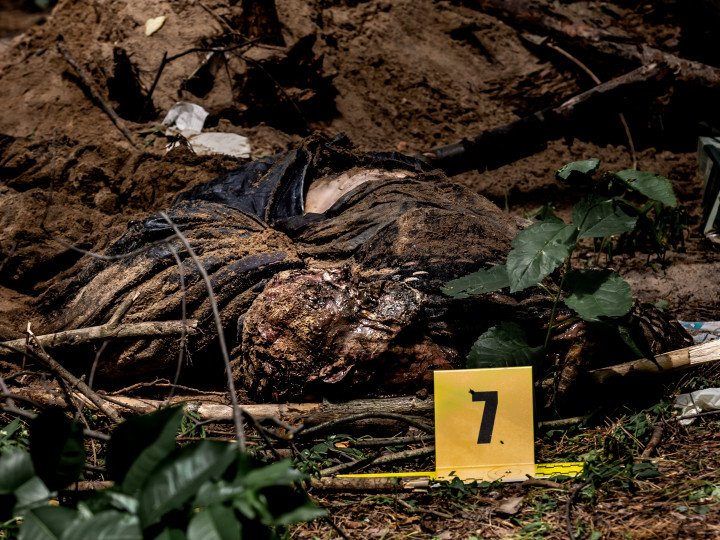
-531fe8d92c87f1630d3f1a2503c33089.png)

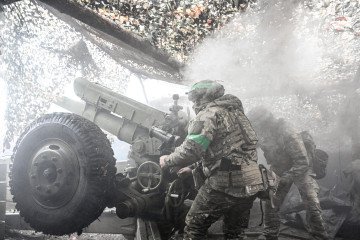
-29a1a43aba23f9bb779a1ac8b98d2121.jpeg)
-886b3bf9b784dd9e80ce2881d3289ad8.png)


-f88628fa403b11af0b72ec7b062ce954.jpeg)